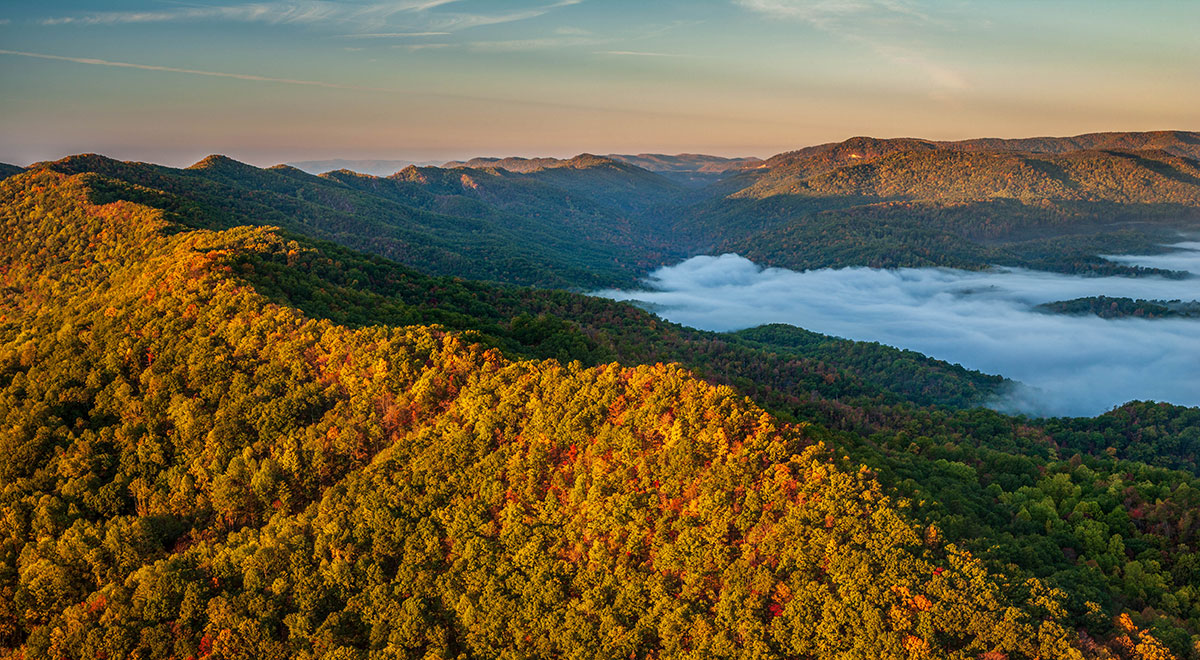
© Byron Jorjorian / TNC
The Cumberland Forest Project: Protecting a Climate Escape Route
There’s resilience in these hills, and it can help species survive a changing climate
At night, you can tell the human cities of the U.S.’s Eastern Seaboard by their glowing lights.
On this map we’ve flipped the switch, turning off human cities so you can view the hidden natural metropolises of the Appalachians.
Here, plant and animal species thrive due to their ability to move and adapt. As the planet warms, these places will be even more important.
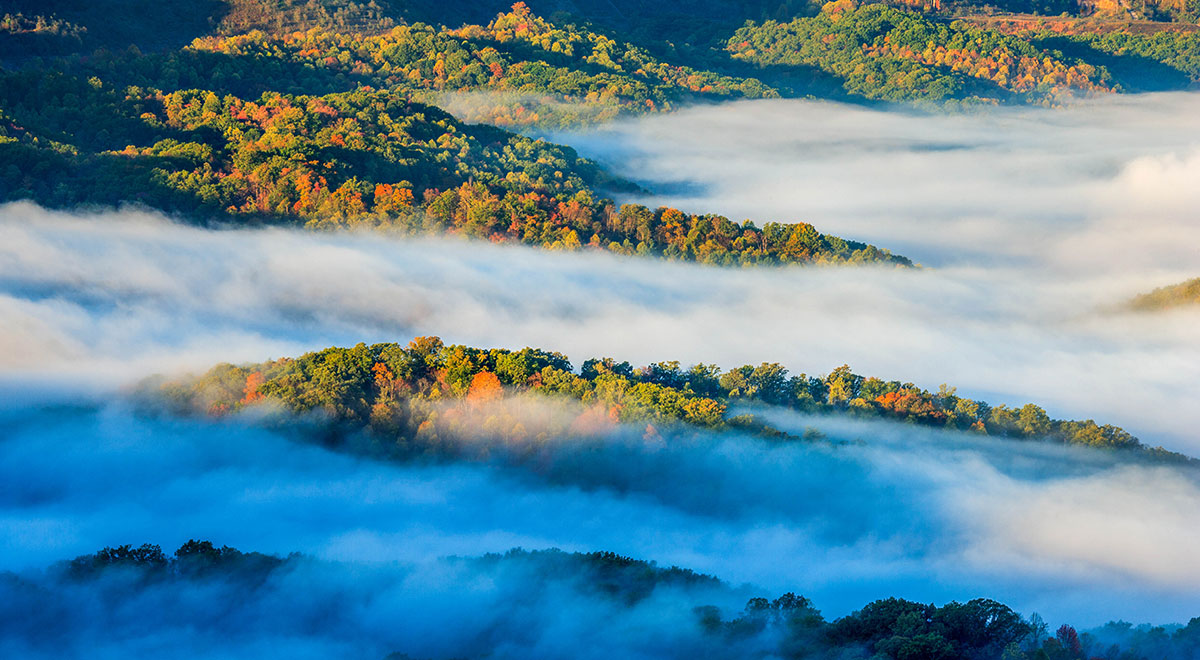
© Byron Jorjorian / TNC
Conserving Climate Strongholds in the Cumberland Region
In an innovative deal, The Nature Conservancy recently conserved 253,000 acres of forestland in this region
A stronghold is a place that is fortified against a threat. For a plant or animal that needs a certain temperature or moisture range to thrive, the threats of climate change are all too real.
Fortunately due to their intactness and varied topography, the forests of the central Appalachians (including the Cumberland region) are some of the best examples of ‘climate strongholds.’
A climate stronghold is a natural place with enough diversity in its altitude and geology that even as the planet warms, species can survive by moving around within its ‘microclimates.’
Recognizing the importance of the region, TNC recently conserved 253,000 more acres of forest through what’s called the Cumberland Forest Project.
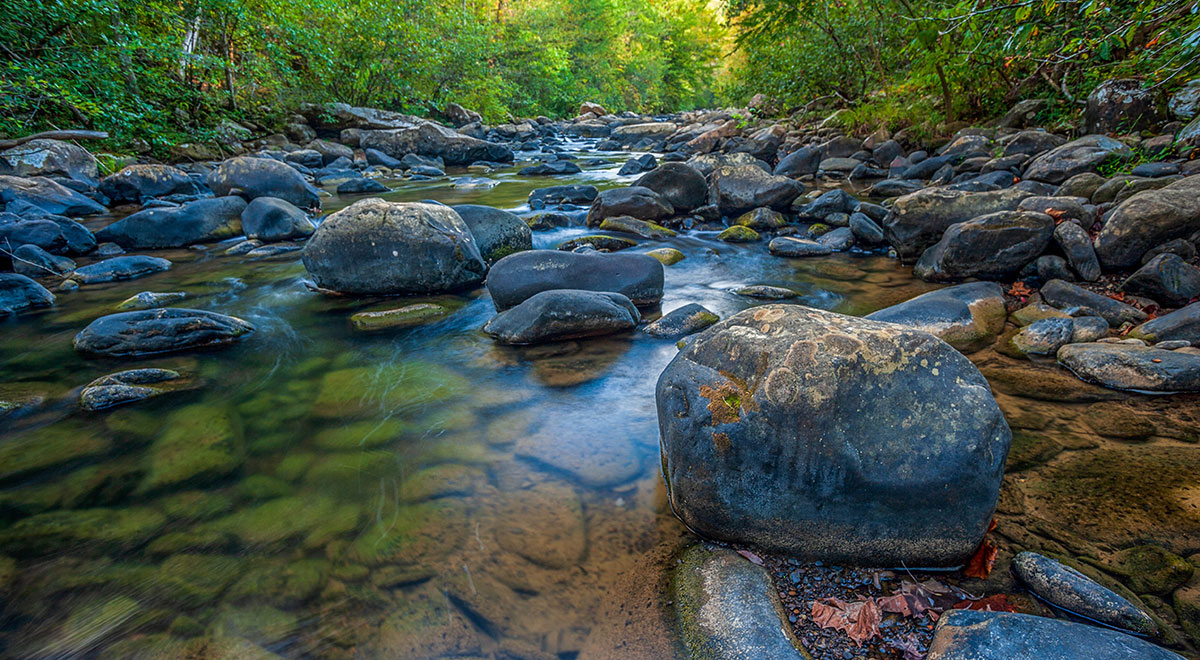
© Byron Jorjorian / TNC
How Some Species Use a Stronghold
For the species of the Cumberland area, moving about the landscape is like changing the thermostat
Who’s messing with the thermostat? The colors on the map here demonstrate how the nooks and crannies of a hilly forest can create microclimates that feel completely different from each other.
If you’ve ever felt different temperatures and conditions on a hike as you’ve passed by streams or moved up a mountain, you’ve experienced different microclimates.
The more microclimates there are in a certain area, the easier it is for plants and animals to deal with climate change by moving around the neighborhood until conditions are right.
The Cumberland area has more microclimates than most of the U.S. which makes it such a solid stronghold.
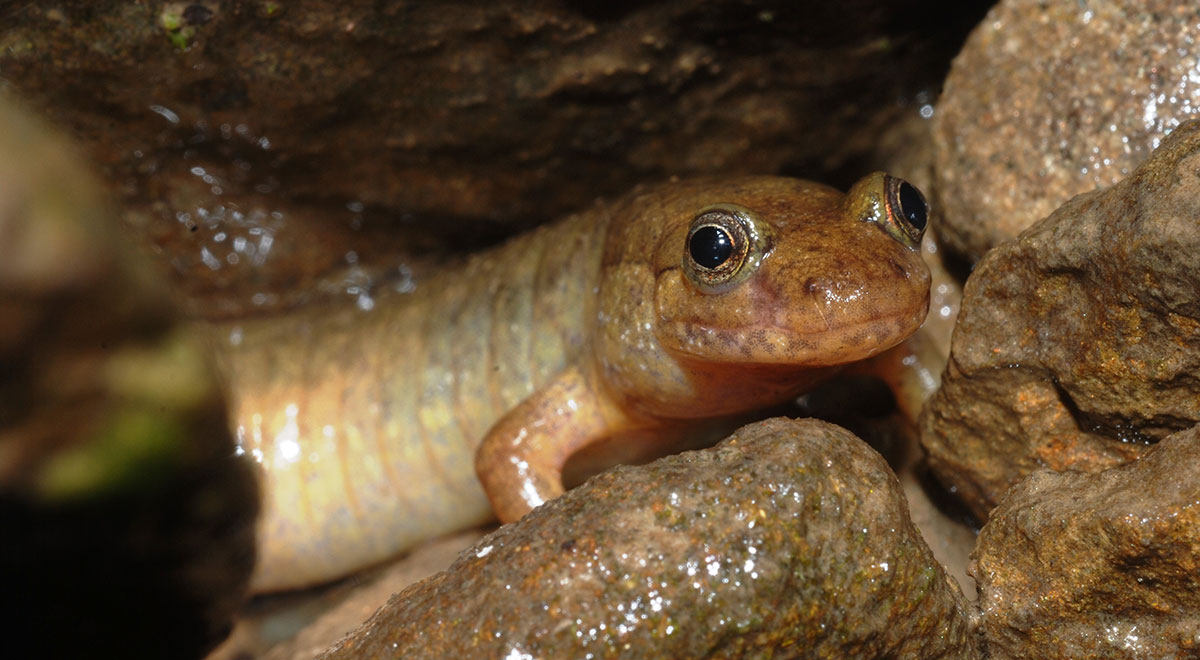
© John MacGregor / TNC
Black Mountain Salamander
This amphibian thrives in clean, clear mountain streams within forests, where it eats the larvae of flies, butterflies and moths.
Under normal circumstances, it may not move more than 2-8 m away from its birthplace in its entire life.
As the climate changes, the water it inhabits will become too warm. To adapt, the salamander must seek out colder stream habitat.
In a stronghold like this one, with so much variation and connectivity in its streams, the salamander has options.
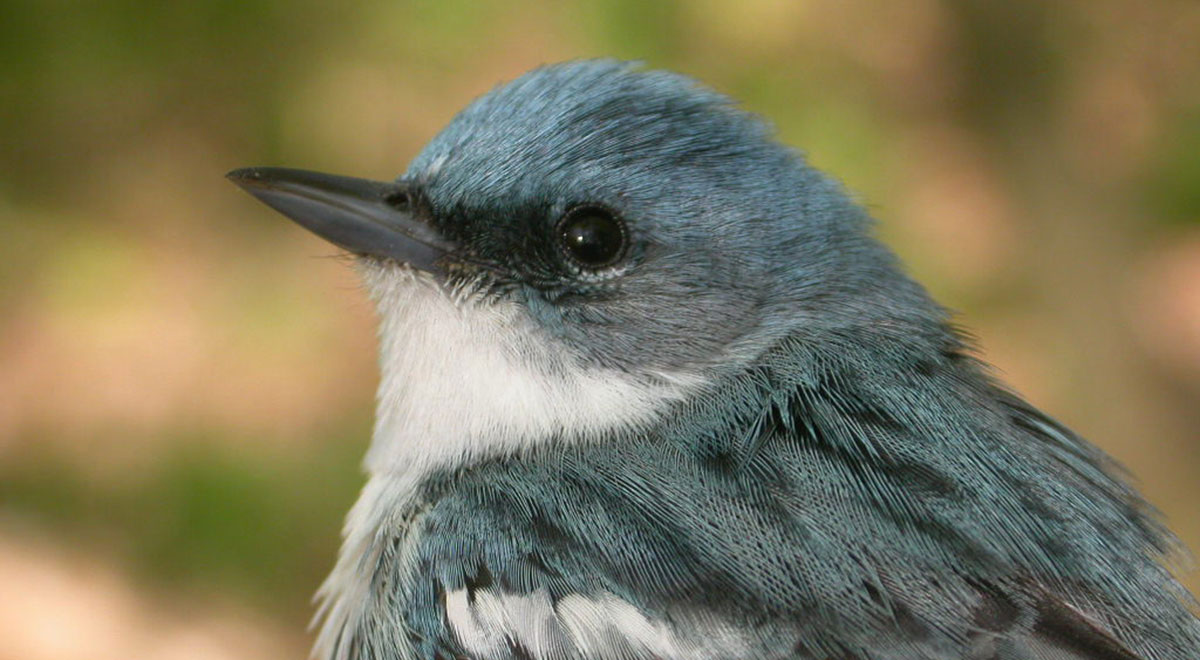
© Marja Bakermans / TNC
Cerulean Warbler
This warbler prefers to breed in older deciduous forests with tall trees and openings in the canopy, exactly what the Cumberland area provides.
They prefer to nest in trees on north-facing and east-facing slopes, because they are cooler and sheltered from many of the elements. They forage in the clearings for moisture-loving insects.
As the climate warms and certain trees may become more exposed to the elements and certain moist clearings might dry up.
For a bird with such specific needs, a loss of habitat can be disastrous.
But in this stronghold, the warbler should be able to find a new north and east-facing slope close to its food source.
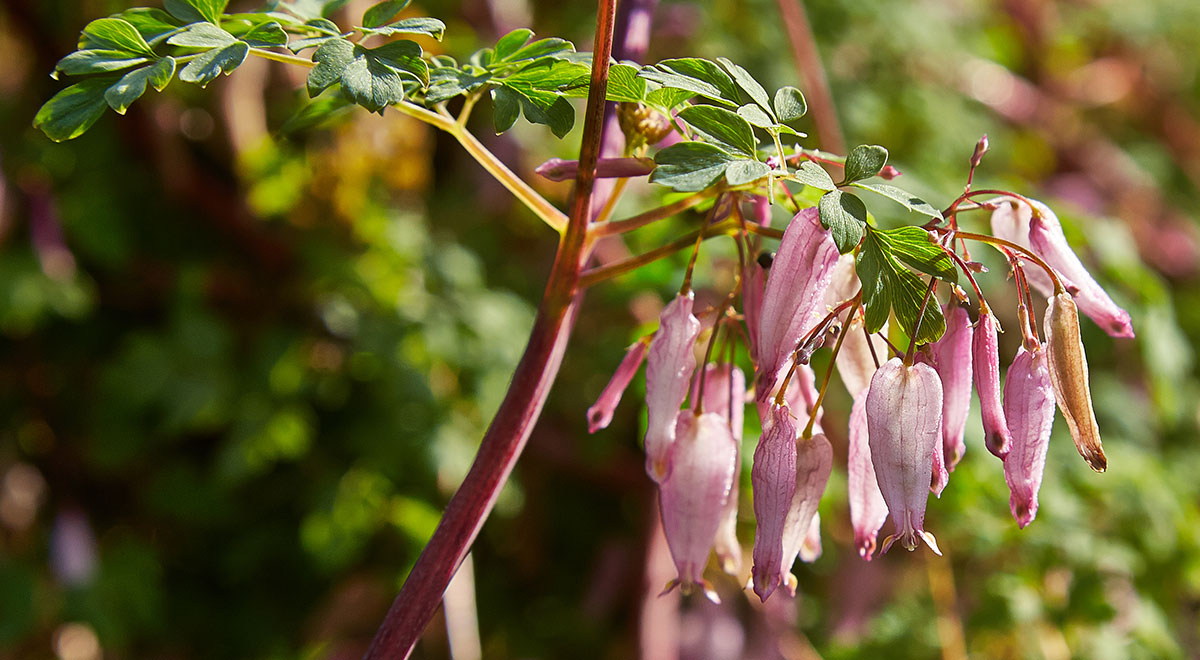
© Christer Johansson
Allegheny Vine
The Allegheny vine is a climbing plant with feathery leaves and white/pinkish flowers. Once spread out across northeastern North America, it is locally extinct across much of its original range.
This plant prefers cliffs, rocky slopes, rich stream-bottom forests and cool rocky forests. It can take advantage of forest disturbances, preferring well-drained sunny openings, rocky and sandy slopes.
How might a plant move? Over years or decades, a plant’s offspring will shift as its seeds or spores find more favorable conditions elsewhere.
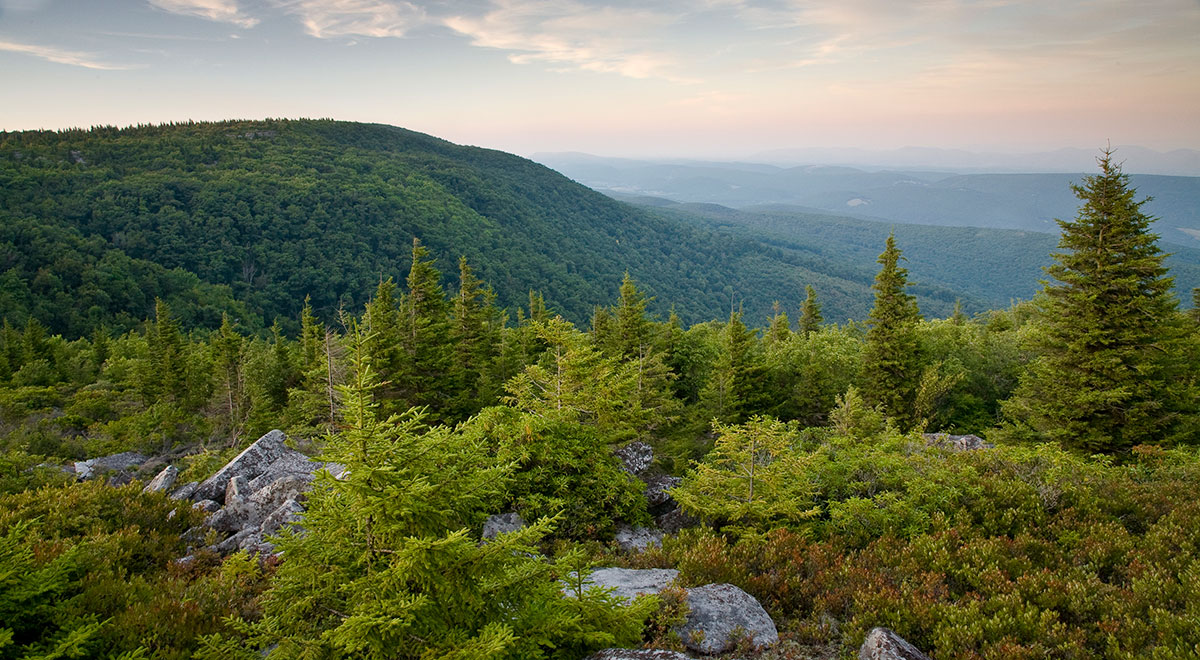
© Kent Mason / TNC
A Critical Route for Long Term Migration
Plants and animals are shifting northward. Cities, farms & suburbs funnel this movement through the mountains
This is not migration in the sense of a bird flying south or a pronghorn traveling across a grassland.
Trees don’t just pick up and move. This is range shift over decades or even centuries.
In the eastern U.S., the journey north is filled with developed areas that are tough for species to migrate through.
Without conserving strongholds and the routes between them, the world could end up with more weedy generalist species that could survive anywhere.
By keeping this migration route in place, a diversity of species has the best possible chance.
 Natural Metropolis
Natural Metropolis Migration Highway
Migration Highway
 Flats and Valleys
Flats and Valleys Cliffs and peaks
Cliffs and peaks Cool slopes
Cool slopes Warm slopes
Warm slopes Coves and footslopes
Coves and footslopes
 Natural Metropolis
Natural Metropolis Migration Highway
Migration Highway
- Migration direction and intensity
Click a resident to see how it might adapt
